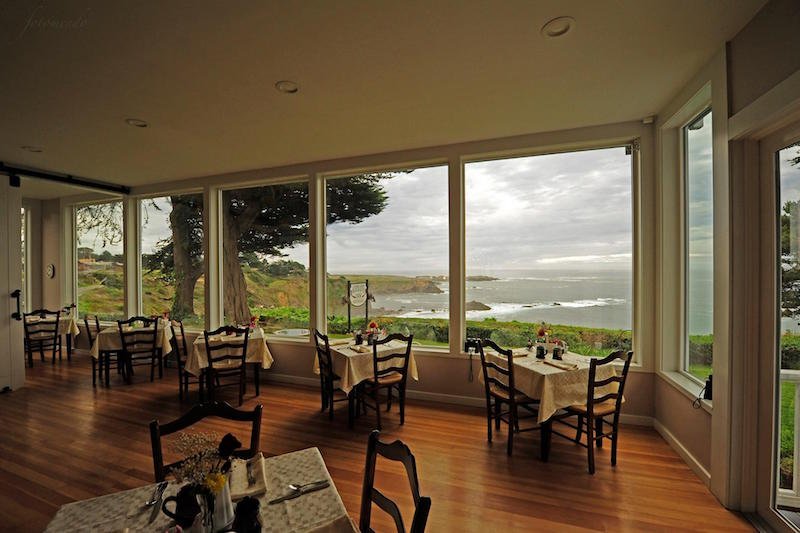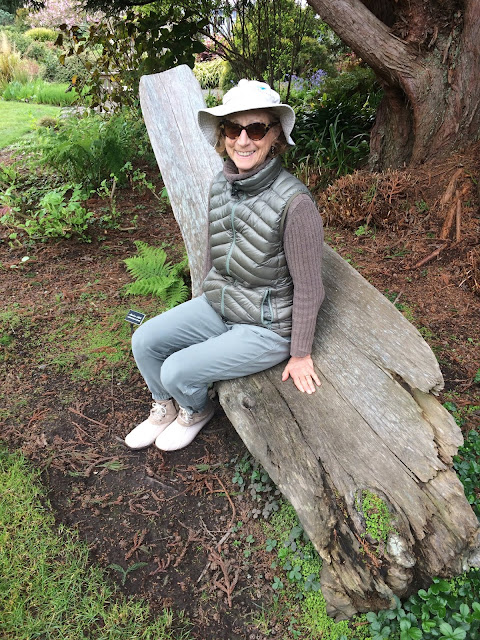
BERKELEY — Standing in front of a large TV screen near the UC Berkeley campus Thursday morning, over a dozen people waited patiently. Suddenly, there’s a loud burst of cheers.
They catch their first glimpse of a white fur ball skillfully tucked under Annie’s spotted belly. It was one of two baby falcons born to Annie and Grinnell about 5 p.m. and 10 p.m. Wednesday. A third one was awaiting his or her entrance into the world.
The UC Berkeley Art Museum and Pacific Film Archive couldn’t be more thrilled to lend their screen for curious passers-by to watch a live broadcast of Annie and Grinnell’s growing family. It would not only make Berkeley residents aware of their feathered co-inhabitants, but also give them a chance to witness the recovery of a species that was once severely declining.
Thanks to the use of DDT pesticide in the mid-1900s, peregrine falcon numbers declined.

“After 1948, their eggshells reduced to nearly 20 percent of their thickness,” said Allen Fish, director of the Golden Gate Raptor Observatory. DDT was banned in 1972.
While the screen was roughly a mile away from the tower where the birds actually nest, the small crowd remained undeterred. They rejoiced once again. This time a chestnut-red egg, slightly smaller than a chicken egg, became visible. It has a cracked ring and a chick is likely to emerge soon.
Alen Moe, a Berkeley resident, was watching the live-streaming in amazement.
“We know them because we have cameras on them,” he said. “Witnessing the very intimate life of these peregrines is awesome.”
Those following continuous live-streaming from the nest cameras saw Annie nibble on the broken eggshells yesterday.
“She needs the calcium,” said Mary Malec, a volunteer nest monitor with Easy Bay Regional Park District, who began watching the breeding pair in Campanile since the fall of 2016.
“We knew there was no substrate up there … no place for them to nest,” she said.
This is not the first time the pair has mated. In 2017, Annie laid three eggs in a small, soaking wet sandbag. Malec got federal, state and university permission to erect a functional home for Annie and Grinnell. Nothing fancy: a 2×2 potting tray filled with gravel set up inside a wooden nest box. She transferred the eggs into the new home and Annie took to it immediately. Sure enough, they’re still using this home in 2019.
Once the chicks are around three and a half weeks old, they will be tagged so that researchers can keep track of them.
Peregrine falcons pair for life and lay three to five eggs each year. Once laid, it takes nearly 33 to 34 days for the chicks to hatch. During this time, both the male and female take turns to incubate the egg. But it’s the male that hunts and brings her food. Pigeons and a few other birds are their most common meal.
Around noon, the crowd witnessed Annie feeding her two chicks their first meal. While the chicks squealed, Annie pulled out tiny morsels of pigeon meat for the hungry babies.
The crowd continued to wait patiently for the third chick to emerge.
“I really want to see the hatching,” said Molly Pinder, a sophomore student at UC Berkeley. ” I’m used to seeing hawks really high in the sky and I’ve never really seen them up close.”






















